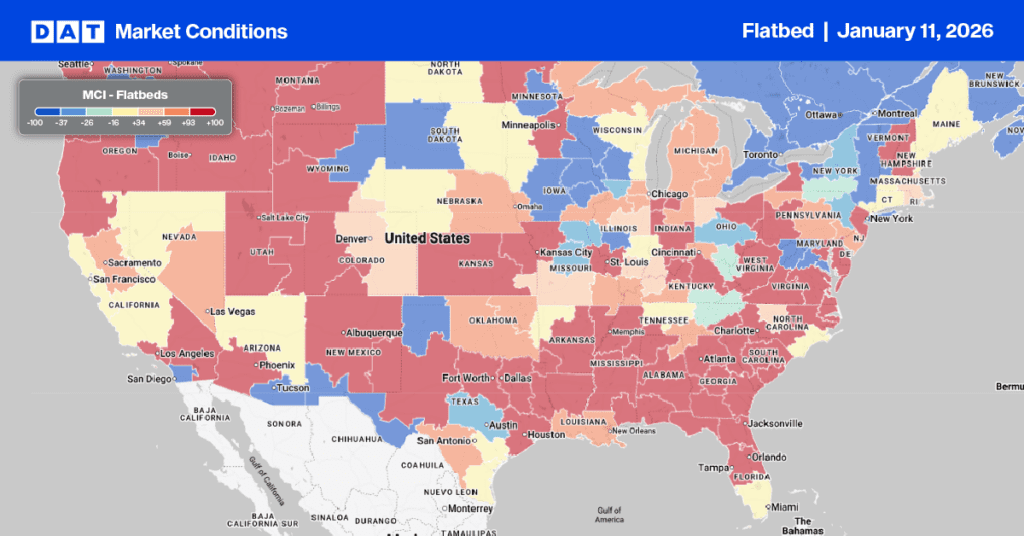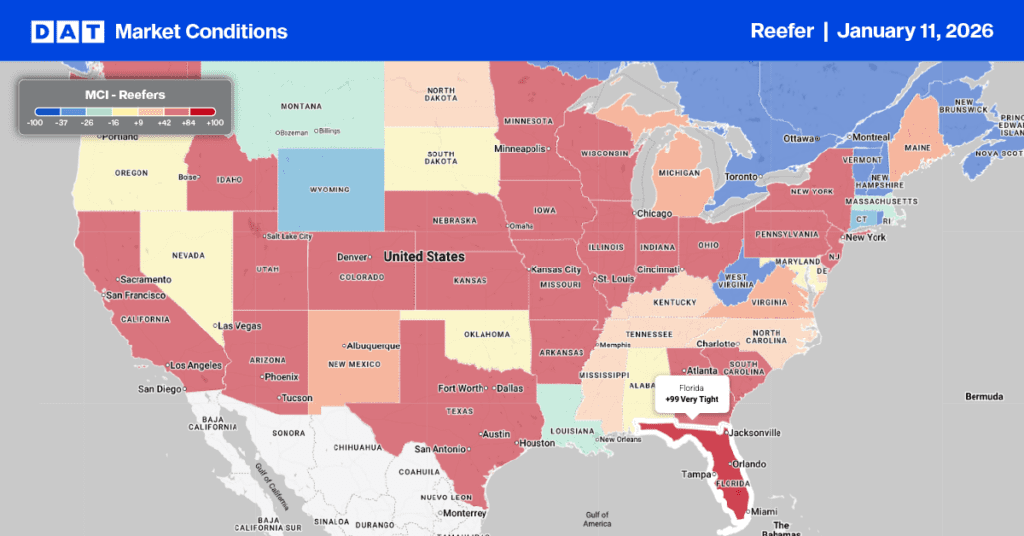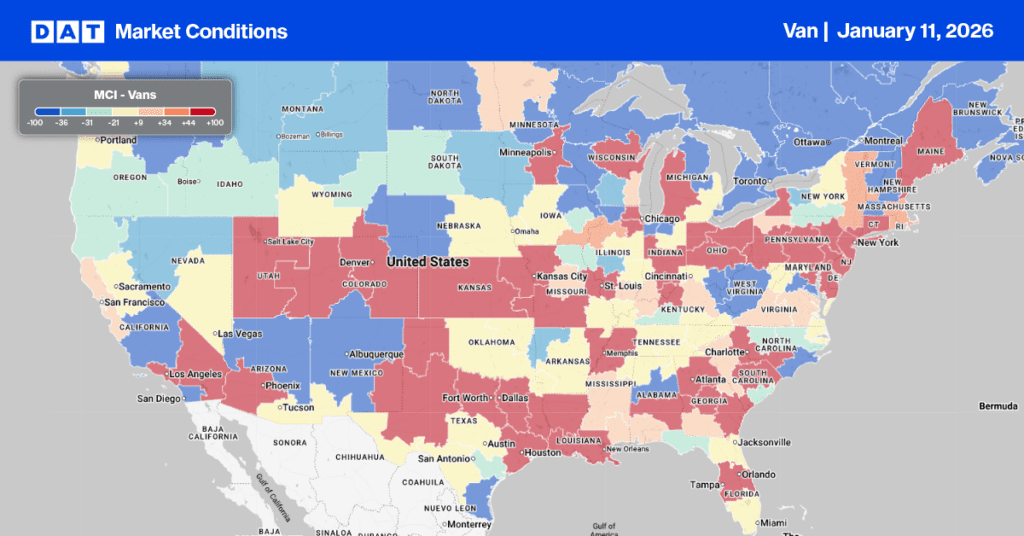When you look at where and what comes into the U.S. in loaded import containers and what goes out as exports, there’s a common thread that may surprise you. While the freight mix and volume vary from port to port, trees, the biggest plants on the planet, are the common thread for imports and exports. Furniture is the top product imported to the U.S.; paper products are the number one export.
In the nation’s top three ports, which account for just under half of all loaded imported containers, three out of every four load containers that arrive from overseas typically go back empty, such is the trade imbalance for imports and exports. In 2022, the Ports of Los Angeles, Long Beach, and New York/New Jersey handled 13.8 million containers, or what’s known in the industry as TEUs or twenty-foot equivalent units. International containers are typically 20’, 40’, or 45’ long.
Of the 28.9 million TEU imported last year, 12% were loaded with furniture, more than double the volume of the next nearest imported commodity (plastic products). In contrast, the air was the number one commodity exported, but the 12 million loaded TEUs were filled mainly with paper products. The top destination for all export TEUs in 2022 was Asia (44%), with 13% destined for Mainland China, followed by Japan (6%) and South Korea (5%).
According to IHS Markit/PIERS, paper products accounted for 10% of total export TEU mostly destined mainly for India, which received 19% (222,104 TEU) in 2022, followed by Thailand (11%) and Vietnam (11%). The number two commodity was Pet and Animal Feed (7%), destined mainly for South Korea (20%), Mainland China (19%), and Japan 18%). Wood pulp, logs, and lumber account for another 7% of exported TEUs, which, when added to the paper products export total, places the $175 billion U.S. lumber industry at the center of exports accounting for 17% of exported TEUs.
The Gulf Coast shines
Total export TEUs were down by 4.0% in 2022 compared to the previous year and the lowest volume in the past five years. Volumes also varied by region, with the Gulf Coast the only region to record a gain in 2022:
East Coast
- Exports were down 5.8% for 2022 and the lowest TEU volume in the past five years.
- Savannah is the top-ranked port nationally for exports and handled 11.5% of export TEU volume in 2022. Exports from Savannah were down 2.7% for 2022. The top commodity exported was Wood Pulp which was up 4.8% y/y in 2022.
- New York is the second largest national port, handling 11.0% of the total export TEU volume in 2022. Exports from New York were down 4.7% for the year. The top commodity exported in 2022 was Paper & Paperboard, up 2.8% in 2022.
West Coast
- Exports out of the West Coast were down 6.8% for 2022 and the lowest TEU volume in the past five years.
- Los Angeles was the fourth largest national port, handling 10.2% of the total export TEU volume in 2022. Exports from LA were down 2.0% for the year. The top commodity exported in 2022 was Pet & Animal Feed, down 13.4% in 2022.
Gulf Coast
- Exports from the Gulf Coast were up 11.0% for 2022, with the overall volume slightly below 2020.
- Houston was the third-largest national port, handling 10.7% of the total export TEU volume in 2022. Exports from Houston were up 18.2% for the year. The top commodity exported in 2022 was Plastics/Melamine, up 8.6% in 2022.
2023 is shaping up as more of the same for exports
Up until 2019, export volumes were relatively flat, with the pandemic in 2020 accelerating the decline due initially to a shortage of equipment inland, limiting the supply of empty containers for exporters to load exports. According to a Congressional Research Service report, the strong US dollar also reduces exports as products become less competitive due to the higher price. The report from the Commerce Department on Tuesday also reported the U.S. dollar’s past appreciation against the currencies of the United States’ main trade partners has made American-made goods expensive on international markets. According to Shannon Seery, an economist at Wells Fargo in New York, “decreased growth abroad will likely continue to weigh on demand for U.S. exports.”


